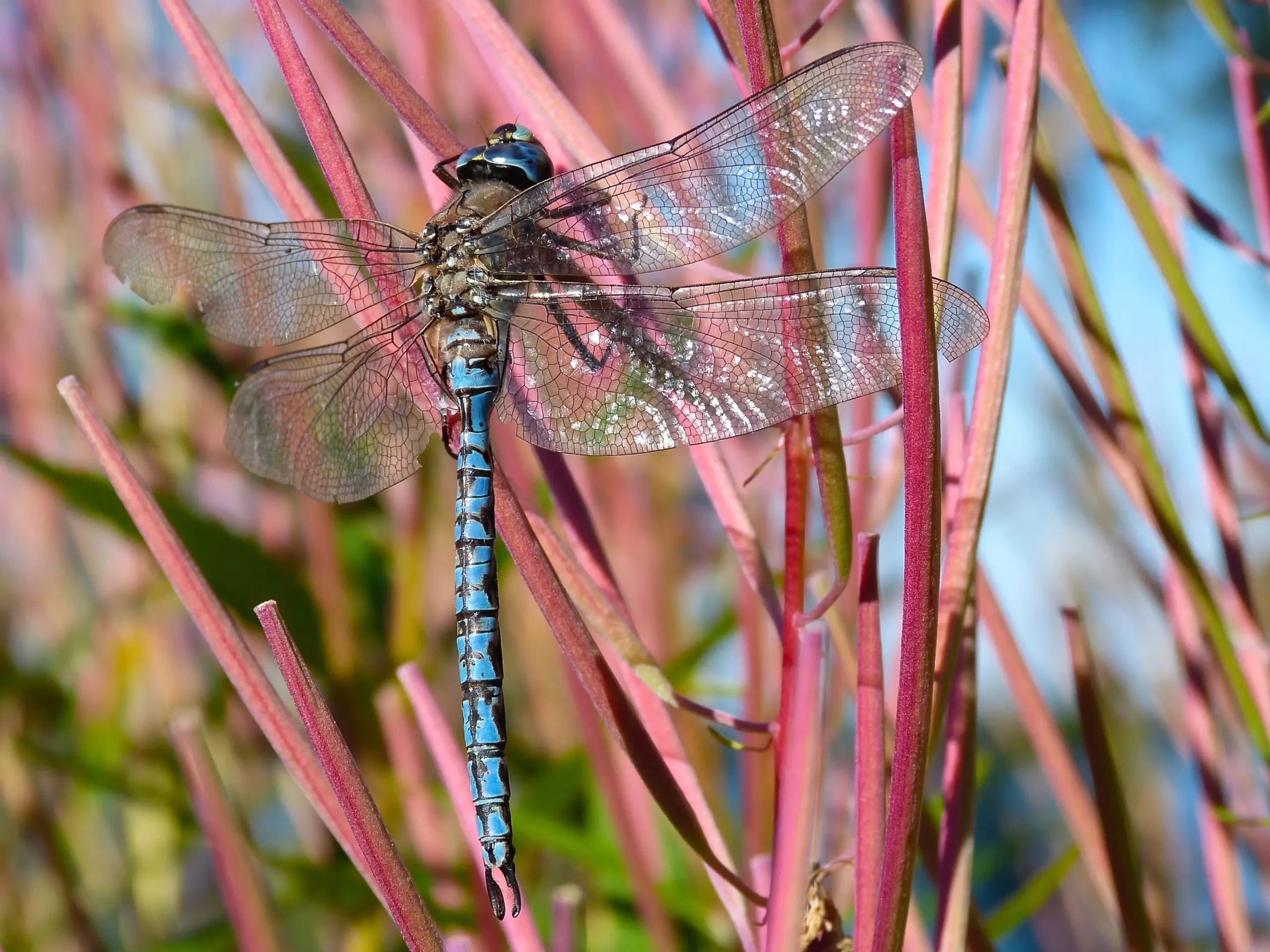A recent groundbreaking study has significantly altered our perception of mercury pollution, shedding light on its sources and pathways across various ecosystems. Conducted by a diverse group of experts, including scientists from the U.S. Geological Survey, National Park Service, and the Appalachian Mountain Club, this research underscores an astonishing reality: the behaviors of mercury contamination vary dramatically between dry and wet environments. While dry climates predominantly see mercury deposited via precipitation, wetter, forested regions experience atmospheric mercury clinging to leaves before percolating into the soil below. This intricate behavior of mercury is revealed through an unusual yet effective medium—dragonflies.
A New Approach to Monitoring Pollution
Instead of the conventional focus on fauna like fish or birds, this study has highlighted dragonfly larvae as a compelling indicator of mercury pollution. By tapping into the engaging realm of citizen science, researchers involved the public in collecting samples across 150 National Parks, thus transforming a leisurely outdoor pursuit into a treasure trove of scientific information. The Dragonfly Mercury Project, at the heart of this research, involved community volunteers who provided invaluable data from over 750 sites, establishing a novel benchmark in the study of environmental contaminants.
The scientific method behind this exploration leveraged advanced analytical equipment capable of discerning various mercury types within the dragonfly larvae samples. Just as fingerprints serve to uniquely identify individuals, the distinct chemical signatures of mercury allow scientists to trace its origins and understand how it infiltrates different ecosystems. This breakthrough is not merely academic; it carries the potential to influence ecological management and enhance public awareness of pressing environmental issues.
Impacts on Health and Ecosystems
Understanding how mercury accumulates in living organisms is paramount. As it ascends the food chain, its levels can become increasingly concentrated in larger animals, posing substantial threats to both wildlife and human health. The study’s findings are clear: mercury exposure can have dire consequences, particularly for young organisms, impairing brain development and affecting reproductive health in adults. The implications of mercury pollution extend far beyond isolated incidents; they speak to the intricate interplay between human activities and natural ecosystems.
Richard Haeuber from the U.S. Environmental Protection Agency succinctly articulated the importance of this study. By demonstrating how different ecosystems receive atmospheric mercury, this research offers vital insights for resource management agencies. The knowledge gained should prompt a reevaluation of monitoring strategies across various locations, leading to improved alignment with the primary sources and pathways of mercury contamination.
Beyond Borders: Global Implications
While the findings of this study are rooted in the United States, their relevance reverberates globally. As discussions continue around the Minamata Convention—an international treaty aimed at combating mercury pollution—the insights garnered from this research could serve as a road map for a more effective global strategy. The revelation that even arid regions, once assumed to be low-risk for mercury contamination, are now exhibiting significant mercury levels challenges us to rethink environmental risk assessments.
The study underscores an urgent need for comprehensive exploration in desert and other vulnerable areas, prompting the scientific community to investigate the cycling of contaminants across diverse habitats more vigorously. Colleen Flanagan Pritz, an ecologist with the National Park Service, emphasized the critical role of national parks as sanctuaries for biodiversity. This research exemplifies how public engagement can offer significant insights, providing tools for conservation and enhancing park management strategies.
Civic Engagement in Environmental Science
What stands out most vividly from this research is the notion that citizen science can lead to instrumental environmental change. By empowering individuals to contribute to scientific discoveries, we reinforce the idea that anyone can participate in and influence the protection of our natural world. As this study illustrates, the collaboration between scientists and the public yields essential data that can inform policy and management decisions, fostering a shared responsibility for our planet’s health.
The role of dragonflies as bioindicators might just be the beginning. As more community members become involved in ecological monitoring, we can expect to unveil more complexities surrounding pollutants and their effects on various ecosystems. This fusion of scientific inquiry and community participation is not just enlightening; it’s a vital step towards shaping a healthier environment for future generations.
As researchers unravel the intricate dynamics of mercury in our ecosystems, we are reminded of the powerful connections we share with nature—and the critical role we can play in its stewardship. With every dragonfly sample collected, communities take a stand, showcasing an empowering model of how local engagement can drive significant, positive changes in environmental conservation.


Leave a Reply